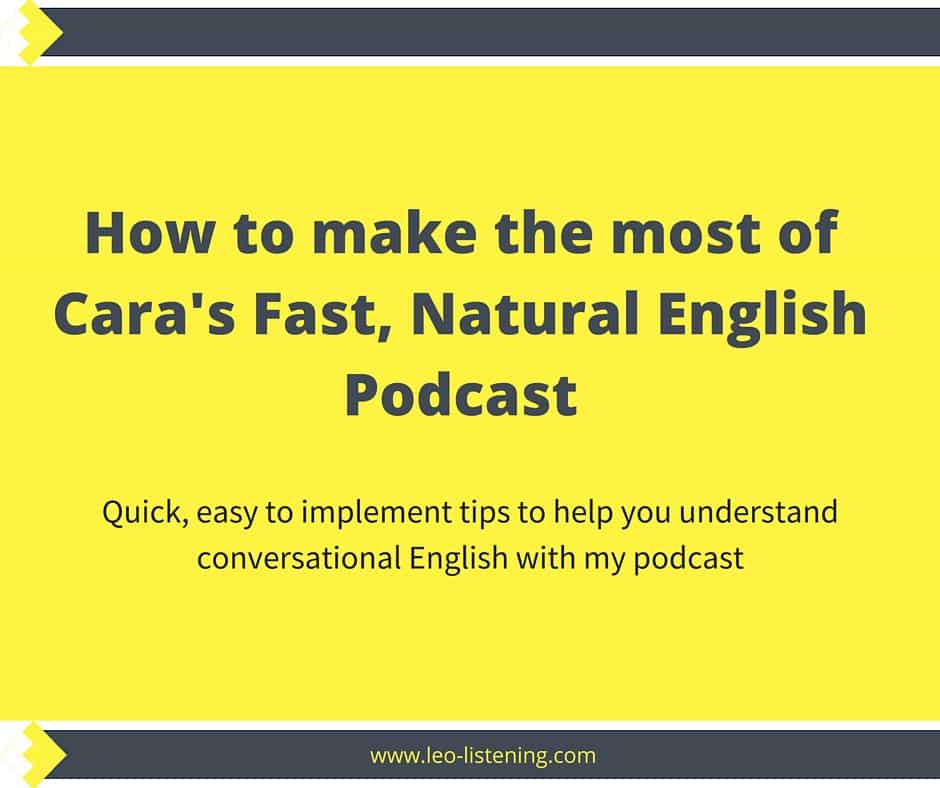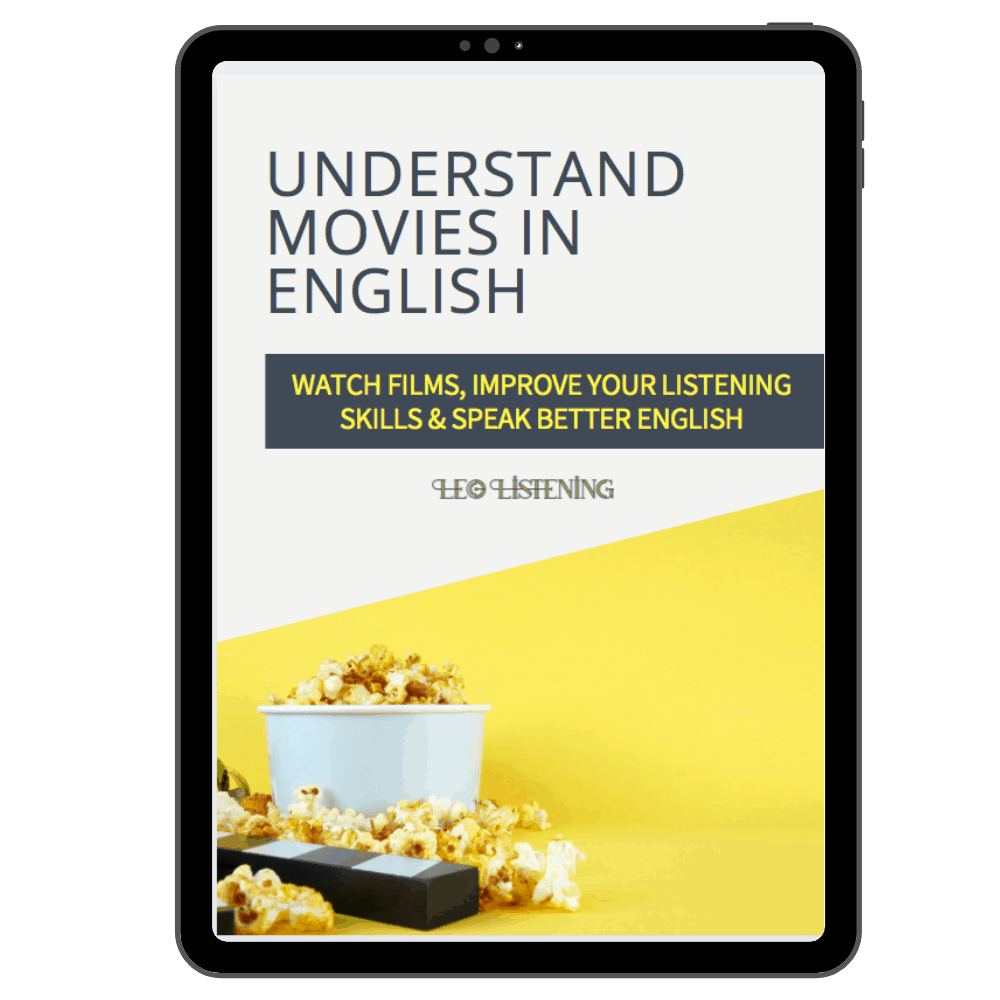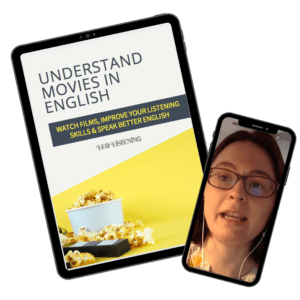How to make the most of Cara’s Fast, Natural English Podcast


I hope you found these tips useful and that you’ll be able to put them into practice. Which of these tips are you going to use first? If you have any questions about them, or if you need any help then don’t hesitate to let me know in the comments. Happy listening.
Subscribe To My Newsletter To Get Your Free Guide
Want to use your favourite movie or TV show to understand native English speakers when they talk fast? Download your free guide, Understand Movies in English.



Trackbacks/Pingbacks